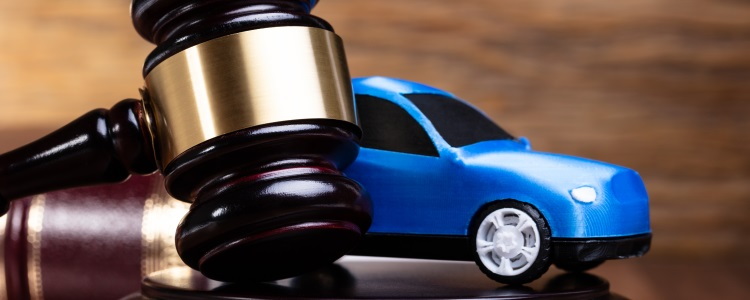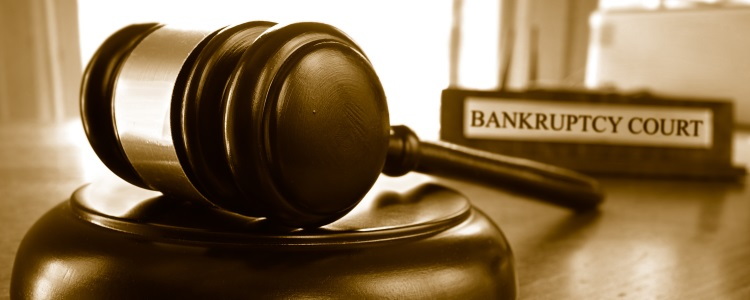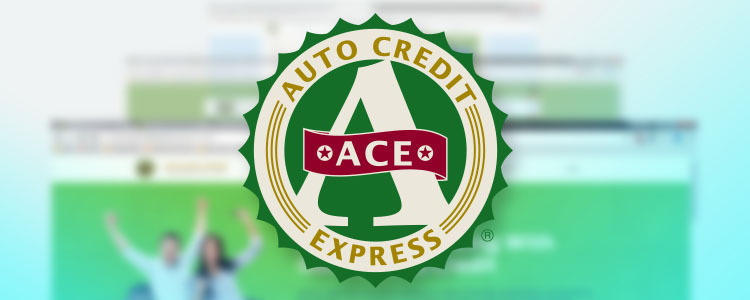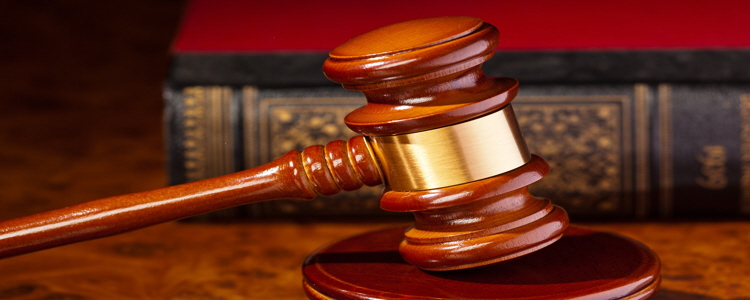When people find themselves drowning in debt, there often comes a point when enough is enough. Your first instinct may be to grab that life preserver called bankruptcy. If you’ve reached this point, however, there are other options to consider and you should weigh them all very carefully, especially if you have a vehicle with a cosigner.
Types of Bankruptcy and Your Cosigner
There are two types of bankruptcies an individual can apply for: Chapter 7 and Chapter 13.
Chapter 7
A Chapter 7 is considered a liquidation bankruptcy and is designed to quickly wipe out your basic unsecured debts. During this process, your trustee will sell your nonexempt property and use the money to pay your creditors. Unless you choose otherwise, your car can be included in the sale of your property.
Your bankruptcy will only eliminate your need to repay discharged debts. If you have a cosigner, the creditors can still pursue them to collect the debt. However, you can choose to keep your car and help protect your cosigner by reaffirming your debt. This means you give up the benefit of your discharge and remain personally responsible for the car loan. This is not always a wise choice, and your lender may restructure your contract, but they won’t be able to repossess the car during bankruptcy.
Keep in mind that a Chapter 7 usually only lasts three to five months. If you miss or are late with a payment after discharge, your creditor will be able to take your vehicle. Another option available to protect your vehicle and your cosigner is to continue making payments on the loan voluntarily following the discharge to pay off the debt.
Chapter 13
A Chapter 13 is considered a reorganization bankruptcy. It's designed so you can keep your property—including your car—and repay some or all of your debts through a repayment plan. This happens over the course of either three or five years. Chapter 13 bankruptcy automatically offers more protection to a cosigner under a Chapter 13 co-debtor stay. This means your creditors can’t go after your cosigner while you are being given the opportunity to pay your debts. This stay will end, however, if your Chapter 13 is dismissed or converted to a Chapter 7.
What a Bankruptcy Can and Can’t Do
When you are considering filing for bankruptcy, it’s important to know just what it means. Here's a general overview of what bankruptcy can and cannot do.
Bankruptcy Can:
- Wipe out credit card and unsecured debt.
- Stop creditor harassment and collection activity.
- Eliminate certain liens, in some cases.
Bankruptcy Can’t:
- Prevent a secured creditor from repossessing property.
- Eliminate child support or alimony payments.
- Wipe out student loan debt, except in very rare cases.
- Eliminate most tax debt.
- Eliminate non-dischargeable debts, such as debts you failed to include, debts for personal injury or death caused by you under the influence of alcohol, and/or fines and penalties charged to you for violating the law.
Seeking Alternatives to Bankruptcy
Rather than seeking bankruptcy first, explore the alternatives. There are times when a non-bankruptcy approach to your debt is the best course of action. Here are some suggestions from Nolo.com:
 Stop Creditor Harassment – If your main concern is getting creditors off your back, bankruptcy may not be the answer. You can get some relief by taking advantage of federal and state debt collection laws which can protect you from harassing and abusive debt collector behavior.
Stop Creditor Harassment – If your main concern is getting creditors off your back, bankruptcy may not be the answer. You can get some relief by taking advantage of federal and state debt collection laws which can protect you from harassing and abusive debt collector behavior.- Negotiate with Creditors – If you have the income, either on-hand or through the sale of assets, you may be able to talk to your creditors in order to buy yourself some time while you get on your feet. Or, you could possibly even settle one or more of your debts for less than what you owe.
- Seek Help from Credit Counseling – You can seek help from a nonprofit credit or debt counseling agency. They can often work with you to help you repay your debts, or they may even be able to help you negotiate with creditors. Information about agencies in your area can be found under the “Credit Counseling and Debtor Education” section of the United States Trustee website.
Car Buying After Bankruptcy
If you have already successfully completed a bankruptcy, or are struggling with bad credit, a car loan can be a good way to re-establish your credit. But a loan can sometimes be hard to come by in these situations. Most often, you will need to look for a subprime car loan, and Auto Credit Express wants to help.
We work with a large network of special finance dealers across the country that have subprime lending resources available to help people in many types of credit situations, including bankruptcy. Get started today by filling out our no-obligation online auto loan request form now!
















